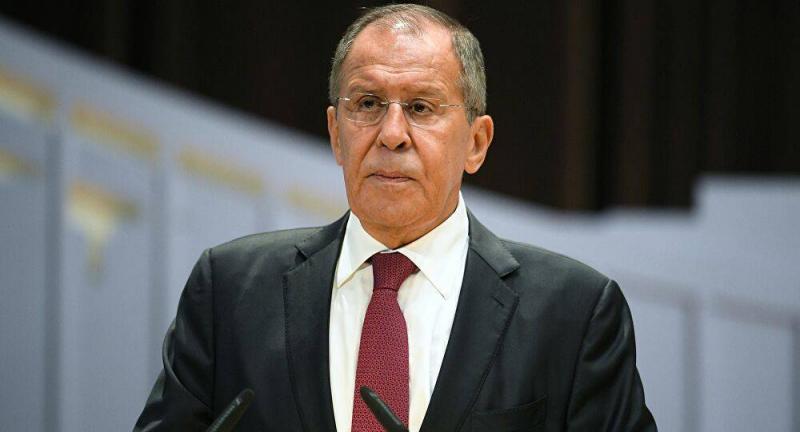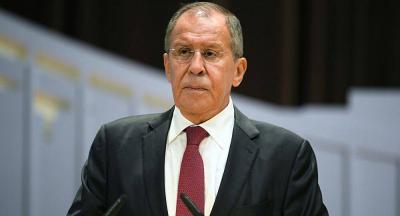The Swedish court specializing in international crimes began the second week of the trial of Hamid Nouri, a former Iranian prison official, in Stockholm on Tuesday morning. He is charged with "crimes against humanity" for his role in carrying out mass executions of around 4,000 political prisoners in Iranian prisons during the 1980s. The court accused Nouri, who was arrested under universal jurisdiction, of "war crimes," "mass murder," and "violating international law," according to the indictment presented by Swedish prosecutor Kristina Lindhof Larson.
The court began by reading excerpts from a book by Ayatollah Hussein Ali Montazeri (Khomeini's deputy) concerning the massacre during the 1980s, in which he stated that visits to prisons were halted and approximately 3,800 prisoners were killed. Montazeri requested a meeting with the commission that executed the sentences, known as the "Death Commission," which included current Iranian President Ebrahim Raisi (then deputy prosecutor), Morteza Eshraqi, Hussein Ali Niyari, and Mostafa Pour-Mohammadi.
The Swedish prosecutor stated that these executions were carried out based on rapid, sham trials that violated even Iranian law, as well as international laws. She read letters from Montazeri to Khomeini protesting the executions, and then read statements made by Montazeri to the members of the Death Commission (Raisi, Niyari, Eshraqi, and Pour-Mohammadi), warning them that "these executions harm us all and the revolution and turn the victims into martyrs... The world will judge us as criminals... The dignity of Imam (Khomeini) and the Guardianship of the Jurist will be tarnished."
The prosecutor relied on the testimony of Geoffrey Robinson, a judge at the International Criminal Court, who was a member of the "Iran Tribunal." She mentioned that prison heads, public prosecutors, and their aides, like Hamid Nouri, took all necessary actions before the Death Commission's arrival, reviewed the prisoners' files, questioned them, and decided who would appear before the Death Commission.
It was noted that the first wave of executions began in late July until mid-August 1988, targeting members and supporters of the Mojahedin-e Khalq Organization, while the second wave of executions occurred from August 27 to September 4, 1988, not only targeting the Mojahedin but also leftist prisoners from various organizations.
### A Book Documenting the Massacre
Al-Arabiya.net conducted a series of interviews with witnesses, plaintiffs, and victims' families against Nouri. Reza Shamirani, who spent 10 years in prison and is one of the plaintiffs in the case, stated that he documented the massacre of political prisoners in 1988 in his book "An Arjmandha (Those Noble Ones)", which is 300 pages long and was accepted by the court as evidence.
Shamirani recounted that on July 30, 1988, he was taken by Hamid Nouri to appear before the Death Commission and witnessed its members, including Tehran Prosecutor Morteza Eshraqi, legal judge Hussein Ali Niyari, and Ebrahim Raisi, the deputy prosecutor. He confirmed that 135 prisoners in his cell were executed within just the first few days.
He added that individuals like Mohammad Ghaisi, known as Naseriyan, Hamid Nouri, and Davood Lashkary were responsible for carrying out the executions at the Gohardasht Prison's Hosseiniyeh while Niyari and Raisi circulated between Evin prison in Tehran and Gohardasht in Karaj to issue death sentences against Mojahedin members.
### Execution of Female Prisoners
Shamirani revealed that during the time he was taken to court, he managed to lift the blindfold from his eyes and saw a group of female prisoners affiliated with the Mojahedin, including Monireh Rajavi, sister of Massoud Rajavi (the leader of the organization), who was sentenced to four years in prison but was executed along with her companions.
He added, "Executions were also carried out against Maryam Golzadeh Ghafoori and many of these sisters whose names we have in a list, and we demand that Swedish justice hold the perpetrators of these crimes accountable."
### The Gallows
Nasrallah Morandi, a former political prisoner and a key plaintiff in court, told Al-Arabiya.net that he was imprisoned between 1980 and 1991 in Evin, Ghazelhesar, and Gohardasht prisons for belonging to the Mojahedin organization. He repeatedly witnessed how Nouri would lead the sentenced individuals to the gallows.
He stated, "I met Hamid Nouri for the first time in 1986 when he was known as Hamid Abasi; he would take us for torture and would not allow us to exercise. He was the second person after Naseriyan, the prosecutor at the prison, and I spoke before the Swedish prosecutor about him, which is one of the most important documents in the court."
Morandi mentioned that "Hamid Nouri, as the deputy prosecutor, along with Davood Lashkary, the security head of the prison, would lead the prisoners to the 'Death Corridor' on the first floor of Gohardasht Prison before they appeared before the Death Commission and deceived the prisoners by saying that this was the Amnesty Commission."
### Ebrahim Raisi's Role
Regarding the role of the new Iranian President Ebrahim Raisi, Morandi said, "On the day the executions began, I appeared before him; he was wearing civilian clothes as the deputy prosecutor, but he had a principal role in the Death Commission appointed by Khomeini in issuing death sentences."
Hussein Farsi, who was imprisoned for 12 years and testified virtually from the Mojahedin Organization's headquarters in Albania, also documented the massacre in his books "Aftabakaran (Sun Planters)," which was also considered by the court. He indicated that Raisi, Niyari, Pour-Mohammadi, and Niyari would sign death sentences in trials that lasted no more than two minutes.
He continued, "When the massacre occurred, Hamid Abasi, who was also Hamid Nouri, was the third person after the prison chief Zanjani and then Davood Lashkary, the prison prosecutor; he would lead the prisoners to the Death Commission, read their names, and line them up in the Death Corridor while blindfolded. After their presentation to the Death Commission, he would take them to the Hosseiniyeh, the place of the executions."
Farsi added, "Hamid Nouri was happy and exclaimed that today is Ashura of the Mojahedin, and among those executed was my brother, Hassan Farsi, whose execution verdict was confirmed by Ebrahim Raisi."
He stated that in Gohardasht Prison, "I saw with my own eyes two of our sisters who were brought from Kermanshah prison executed, and according to what I heard, there were 19 women members of the Mojahedin who were executed."
### "Union of Communists" Prisoners
In a series of interviews conducted by Al-Arabiya.net with witnesses and plaintiffs against the Iranian official in front of the Stockholm court, both Laleh and Ladan Bazargan, plaintiffs against Hamid Nouri due to his role in the execution of their brother, Bejan Bazargan, expressed happiness at seeing their brother's killer taken to court.
Laleh, who lives in Stockholm and is a witness in the court, told Al-Arabiya.net that "my brother was a member of a leftist group, and his only activity was selling political newspapers after his classes in university. He was arrested from our home in July 1981 based on a report from a friend, and for three weeks we lost contact until we were informed that he was detained in Evin Prison. He was sentenced to two and a half years in prison without any charges until his companions were arrested, after which he was given another ten-year sentence."
### Execution of "Union of Communists" Prisoners
She emphasized that despite the organization to which he belonged, the "Union of Communists," not being banned and having supported Khomeini from the victory of the revolution in 1979 until 1981, he was sentenced to death under a sham trial that lasted merely five minutes, without the presence of a lawyer, and was executed in late July 1988.
Laleh recounted, "My mother went to Ayatollah Montazeri's office and to the courts and the Prime Minister's office, but she received no response until she was eventually informed of her son’s execution and the execution of his imprisoned companions. They later asked my father to come and took his signature, under which he pledged not to hold any mourning ceremonies."
She added, "They told my father that your son’s crime was that he was infidel and that he had gone to hell. This is how they dealt with us aggressively and brutally, and here we are suffering due to our ignorance of his grave, as we would go to the Khavaran cemetery in Tehran, and after more than thirty years, they still have not informed us where his body was buried."
### Demanding the Discovery of Graves
Ladan Bazargan, the other sister who lives in California, USA, and came to Stockholm to testify against Hamid Nouri in court, told Al-Arabiya.net: "I am pleased that after more than 30 years, one of the butchers is being tried for this crime against humanity in a Swedish court, and we will demand details about the massacre. I hope that Nouri is sentenced to life imprisonment, which is the maximum penalty under Swedish law."
Ladan revealed that a month after the news of the executions spread, the families of the victims wrote a letter to Hassan Habibi, the then Minister of Justice, stating that a grave crime had occurred, as most of the prisoners were not sentenced to death but were executed without their families' knowledge, and even their bodies were not returned to them; they were buried in unknown locations without leaving wills.
She added, "I believe this letter is one of the largest documents calling for justice in the world, as the families recorded all the facts, but they did not receive a response from the regime after more than thirty years."




